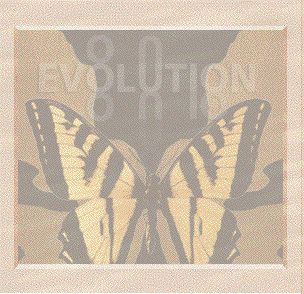Natural selection and variation - Are mutations adaptively directed?

The theory of directed variation
It is a deep property of Darwinism that the direction of evolution, particularly of adaptive evolution, is uncoupled from the direction of variation. When a new recombinant or mutant genotype arises, there is no tendency for it to arise in the direction of improved adaptation. Natural selection imposes direction on evolution, using undirected variation. An alternative viewpoint is the theory of directed variation.
What's wrong with the theory of directed variation?
If we reflect on the kind of mechanism that would be needed, it becomes clear that an adaptively directed mutation would be practically impossible. The organism would have to recognize that the environment had changed, work out what change was needed to adapt to the new conditions, and then cause the correct base changes in the relevant parts of its DNA. It would have to do so for an environment the species had never previously experienced.
It would be like humans describing subject-matter they had never encountered before in a language they did not understand: like a 17th century American using Egyptian hieroglyphics to describe how to change a computer program. (Hieroglyphics were not deciphered until the discovery of the Rosetta Stone in 1799.)
Even if it is just possible to imagine, as an extreme theoretical possibility, directed mutations in the case of moth coloration, the changes in the evolution of a more complex organ (like the brain, or circulatory system, or eye) would require a near miracle. It is for this reason that mutation is thought not to be directed toward adaptation.
| Next |



